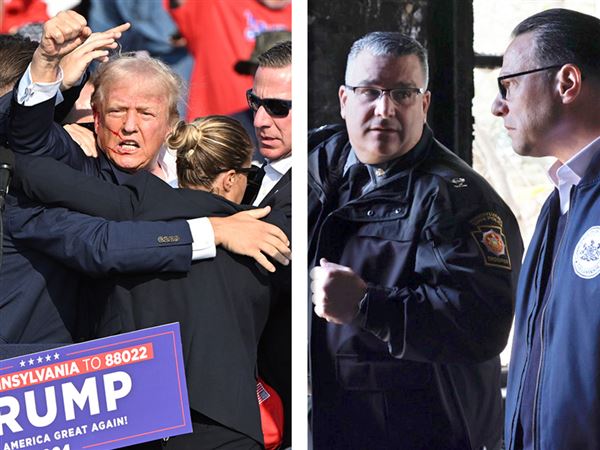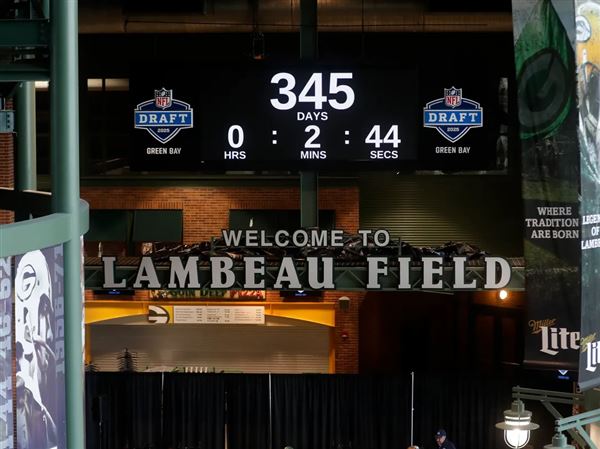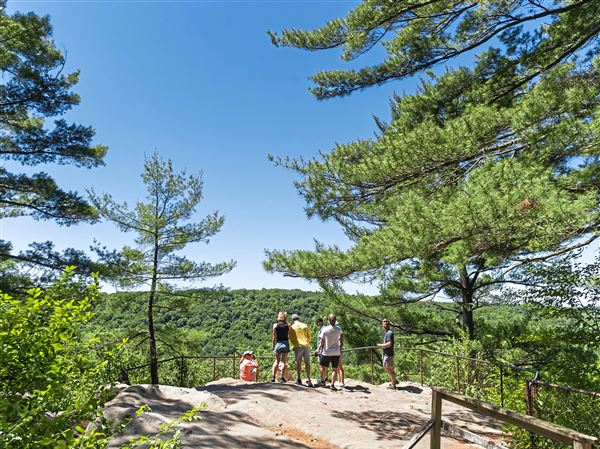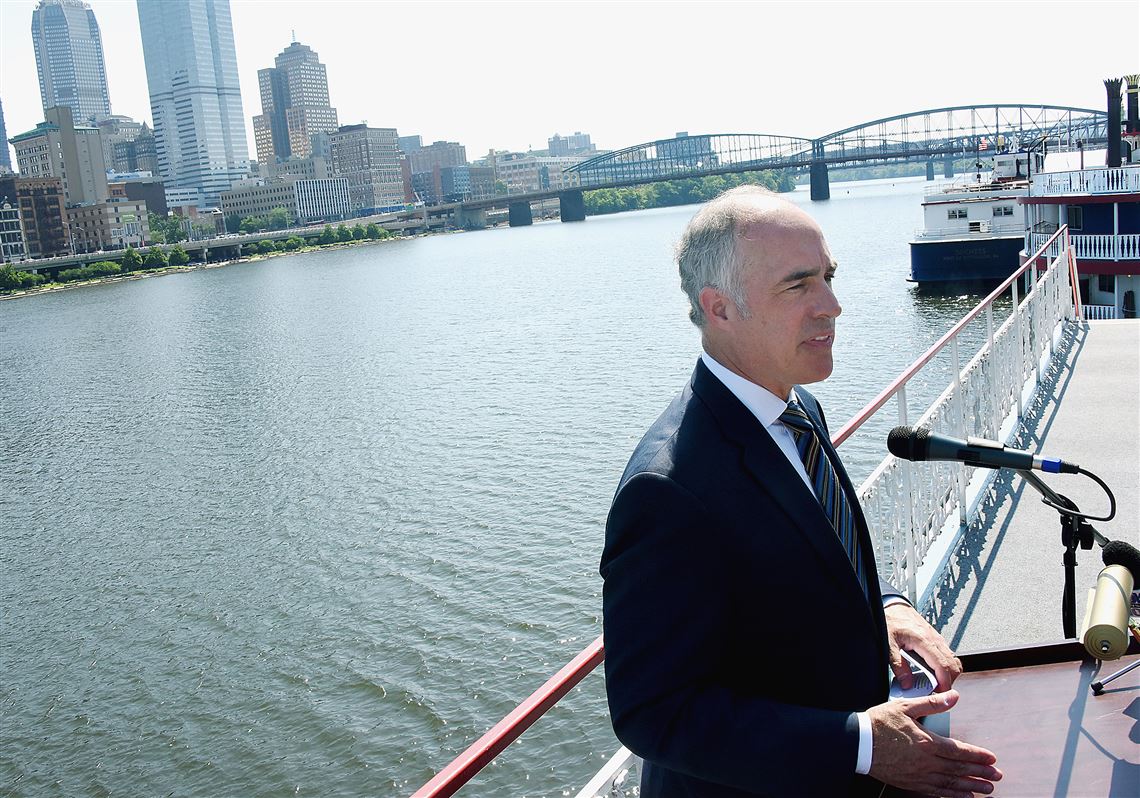Local Democrats and industry officials gathered Monday to urge President Donald Trump to fund repairs to three aging locks and dams in the Monongahela Valley. But already the White House has given locals a new challenge to navigate: a demand for further review before funding repairs to another trio of area dams.
U.S. Sen. Bob Casey, D-Pa., hosted Monday’s event, held on a Gateway Clipper boat at Station Square, to call on the Trump administration to fund improvements to dams in Braddock, Charleroi and Elizabeth. The billion-dollar project, which is receiving $82 million in federal funding this year, is zeroed out in Mr. Trump’s proposed 2018 budget.
“There’d be no better infrastructure investment than making sure we get this project done,” Mr. Casey said.
Prior administrations have also shorted the projects. While Congress has restored some funding, by some estimates the delays have more than tripled the original $750 million projected cost.
Mr. Trump, however, campaigned on pledges to invest in infrastructure, and officials Monday said the improvements would benefit coal and steel, two industries Mr. Trump put at the center of his presidential bid.
“Having a navigable river system is critical to the steel industry and [U.S. Steel’s] Mon Valley Works,” said Christopher Masciantonio, U.S. Steel’s general manager of public policy and governmental affairs. The company ships 6 million tons of coal to its Clairton coke plant by barge each year, he said.
During an infrastructure speech in Cincinnati last week, Mr. Trump said rivers were “critical corridors of commerce [that] depend on a dilapidated system of locks and dams.”
But the White House sent a less urgent message to Mr. Casey last month regarding three other aging dams on the Ohio River. In a May 18 letter, Office of Management and Budget Director Mick Mulvaney said an economic study was necessary before the administration would fund long-sought upgrades to the Emsworth, Dashields and Montgomery dams.
The Army Corps of Engineers, which oversees the dams, had conducted an economic review as part of a yearslong feasibility study on a proposed $2.7 billion project. But Mr. Mulvaney’s letter said his office was seeking “additional economic analysis ... to ensure [the project] is fully evaluated for the American taxpayer.”
Local officials have long backed the Ohio River improvements, but Mr. Casey said, “It seemed to me like they were trying to figure out a way not to make a funding decision.”
Mr. Mulvaney’s office did not respond to a call or email for comment Monday. But Marc Glowczewski, a project manager for the Corps’ Pittsburgh District, said, “We understand that the OMB wants to make sure that the money they are investing is put to good use.”
While the study would take three fiscal years to complete, he said, it will “not necessarily [mean] a delay because we can do other types of engineering work” before beginning construction. But time is a factor: Construction would take 10 years, and the Corps estimates that the Montgomery locks in Monaca are at a 50-50 chance of failure by 2028.
“The risk increases as the years go by,” said Jeff Hawk, a Corps spokesman. If the lock system did fail, the Corps estimates it could take two years to repair it, with significant disruption to barge traffic.
That would be far worse than the five-day shutdown caused by a hydraulic failure last winter at a lock near Wellsville, Ohio. And that December failure was exactly the kind of disruption Mr. Trump told his Cincinnati audience that the country couldn’t afford.
“We simply cannot tolerate a five-day shutdown on a major thoroughfare for American coal, American oil and American steel,” Mr. Trump said at the time.
Chris Potter: cpotter@post-gazette.com or 412-263-2533.
First Published: June 12, 2017, 3:46 p.m.
















